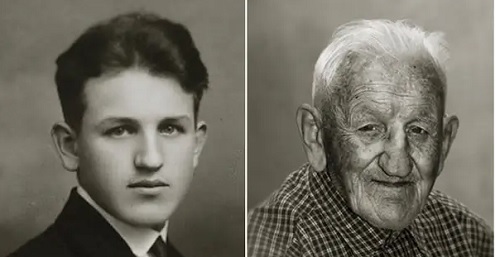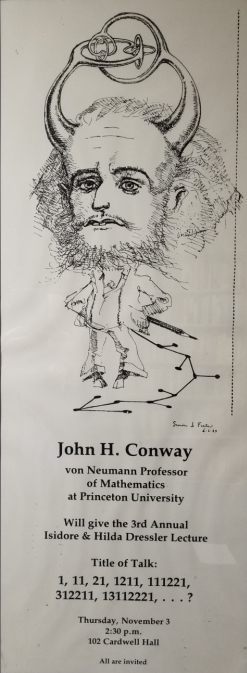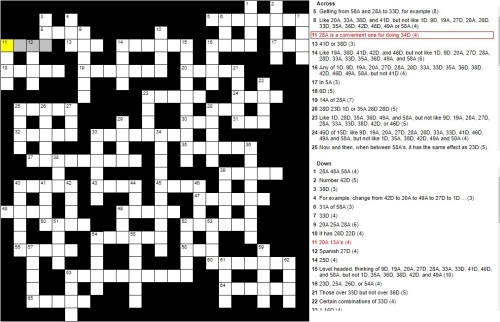
For cost-benefit analysis, the usual ballpark figure for the value of a life is about $10,000,000. But I keep hearing it suggested that when it comes to fighting a disease like Covid-19, which mostly kills the elderly, this value is too high. In other words, an old life is worth less than a young life.
I don’t see it.
People seem to have the intuition that ten years of remaining life are more precious than one year of remaining life. That’s fine, but here’s a counter-intuition: An additional dollar is more precious when you can spend it at the rate of a dime a year for ten years than when you’ve got to spend it all at once — for example, if your time is running out. (This is because of diminishing marginal utility of consumption within any given year). So being old means that both your life and your dollars have become less precious. Because we measure the value of life in terms of dollars, what matters is the ratio between preciousness-of-life and preciousness-of-dollars (or more precisely preciousness-of-dollars at the margin). If getting old means that the numerator and the denominator both shrink, it’s not so clear which way the ratio moves.
Instead of fighting over intuitions, let us calculate:
Suppose you’re a young person with 2 years to live and 2N dollars in the bank, which you plan to consume evenly over your lifetime, that is at the rate of $N per year. I’ll write your utility as
Suppose also that you’re willing to forgo approximately pX dollars to avoid a small probability p of immediate death. Then (by definition!) X is the value of your life. (The reasons why this is the right definition are well known and have been discussed on this blog before. I won’t review them here.) This means that
= U(N,N) – (pX/2)U1(N,N) – (pX/2)U2(N,N)
(where the last equal sign should be read as “approximately equal” and the Ui are partial derivatives).
Because you’ve optimized, U2(N,N) = U1(N,N), so we can write
 The poster to the left hangs on the wall of my office. Can you figure out the pattern to the sequence? Now can you estimate the size of the nth entry?
The poster to the left hangs on the wall of my office. Can you figure out the pattern to the sequence? Now can you estimate the size of the nth entry?


